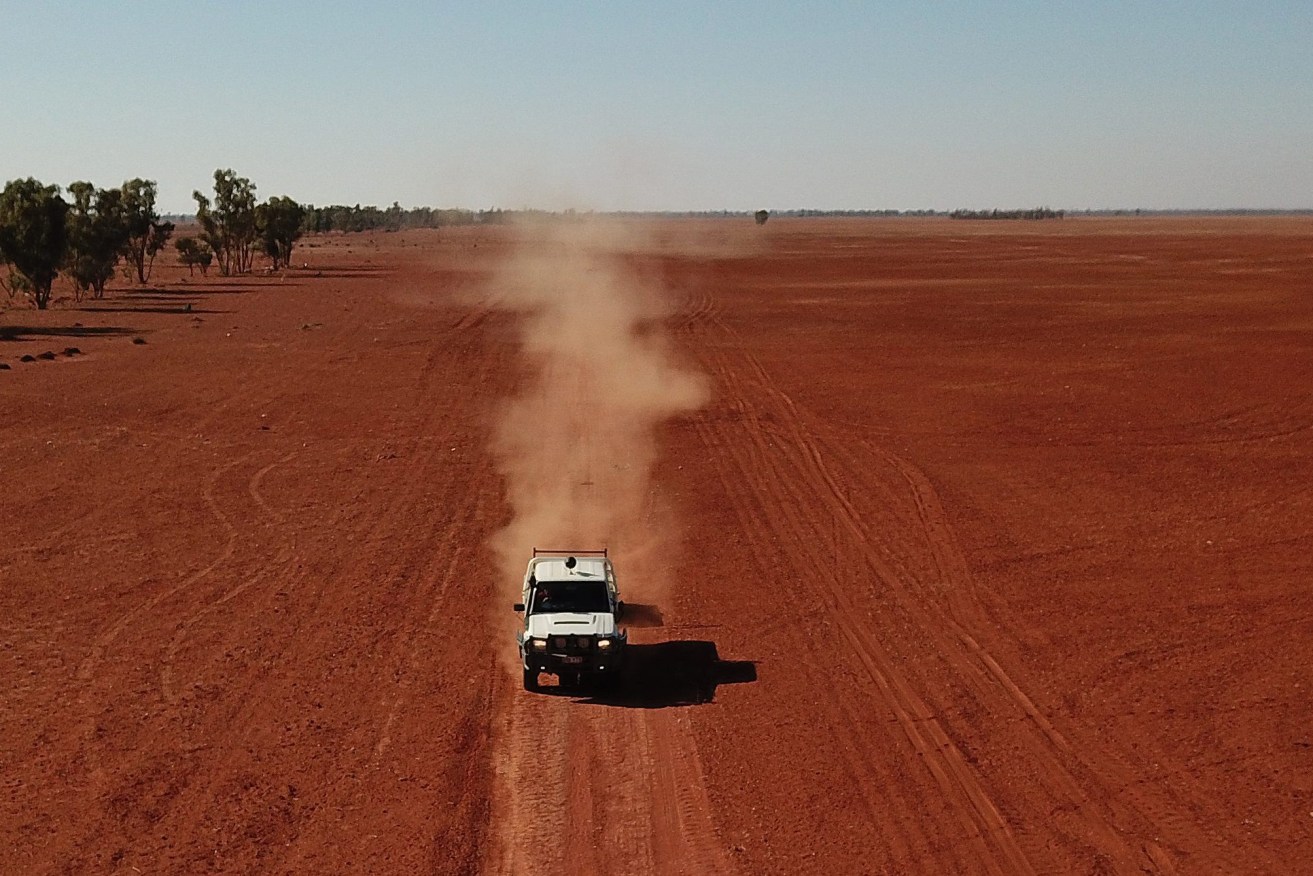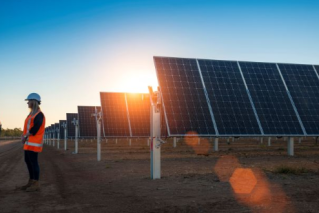When El Nino hits, climate changes will ensure it stays drier for longer – study
Australians could face longer periods of drought and flooding rains as climate change messes with a key driver of weather in the Pacific.

The Bureau of Meteorology is preparing for an El Nino event. (AAP Image/Dan Peled)
An international study sheds new light on how greenhouse gas emissions are changing something called the Pacific Walker Circulation.
It’s an important loop of air that circulates over the Pacific Ocean and it has an impact on life in Australia.
When it’s strong, the nation typically gets cooler, wetter La Nina conditions that can drive widespread flooding.
When it’s weak, it’s the opposite and Australia gets hotter, drier El Nino conditions that can result in long-running droughts and horror bushfire seasons.
Scientists have figured out the transition between wet and dry cycles has slowed since humans began burning fossil fuels and warming the atmosphere.
That means there’s an increased chance of multi-year La Nina and El Nino events, and their respective risks of damaging rain and floods, or fire and drought.
Australian National University climate scientist Georgy Falster was on the team that used data from ice cores, trees, lakes, corals and caves to work out how the weather and climate of the Pacific has changed over the past 800 years.
“On the whole the Pacific Walker Circulation hasn’t gotten weaker or stronger. But we have seen a slight change in the length of time it takes to switch from one state to the next,” Dr Falster said.
“That could exacerbate the associated risks of drought, fire, rains and floods.
“It’s also more likely we’ll see a longer gap separating El Nino and La Nina, meaning dry El Niño years are less likely to be followed straight away by wet La Nina years.”
That could mean farmers have to wait longer for drought-breaking rains.
Researchers also revealed something unexpected: large volcanic eruptions like the cataclysmic one at Mount Pinatubo in the Philippines in 1991 can herald parched conditions in Australia.
“If there was a really big eruption – and it doesn’t matter where the volcano is – you’d expect El Nino conditions in Australia the following year, but just for one or two years, and then back to normal.”
Study co-author Sloan Coats, from the University of Hawaii, says the vast size of the Pacific Ocean means it has an outsized influence on the global climate.
“Understanding how the Pacific Walker Circulation is affected by climate change will enable communities across the Pacific and beyond to better prepare for the challenges they may face in the coming decades.”
The peer-reviewed research has been published in the journal Nature.












